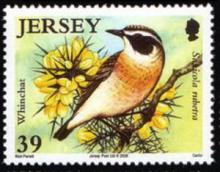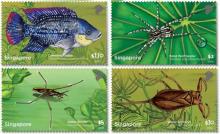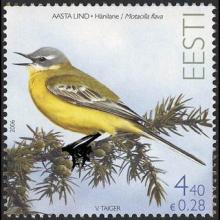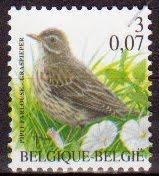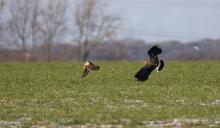Top ten of European birds in greatest decline from 1980 to 2005
Five of the ten bird species that have shown the greatest decline in Europe from 1980 to 2005 are species characteristic for farmland: Crested Lark Galerida cristata (-95%), Grey Partridge Perdix perdix (-79%), Eurasian Turtle Dove Streptopelia turtur (-62%), Northern Lapwing Vanellus vanellus (-51%) and European Serin Serinus serinus (-41%). The other five bird species that have shown the greatest decline in Europe from 1980 to 2005 were: Lesser Spotted Woodpecker Dendrocopos minor (-81%), Northern Wheatear Oenanthe oenanthe (-70%), Eurasian Wryneck Jynx torquilla (-74%), Willow Tit Parus montanus (-58%), and Common Nightingale Luscinia megarhynchos (-63%).


